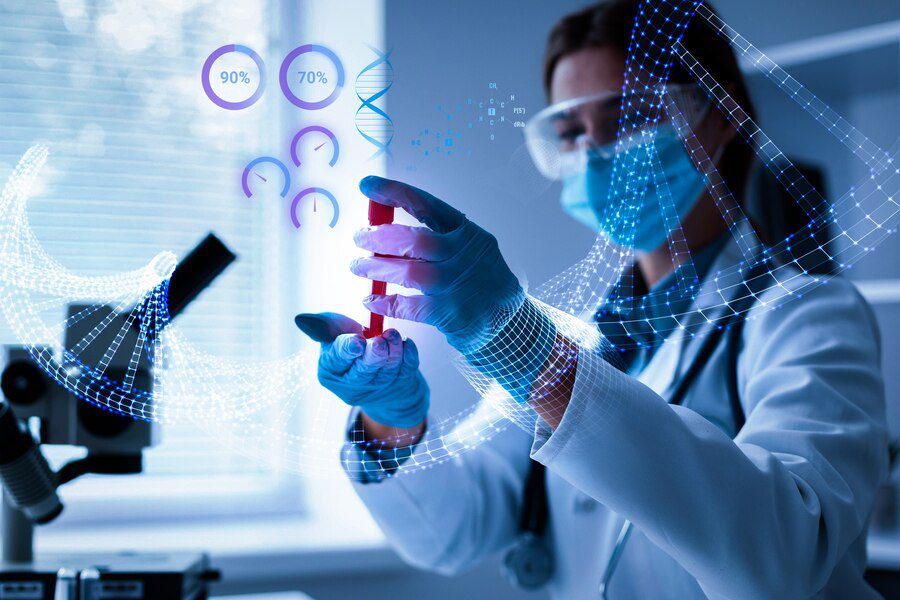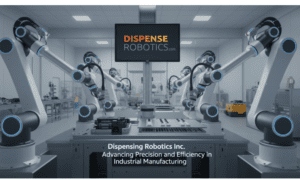-
Introduction
Automating billing processes in pathology labs is crucial for optimizing efficiency and accuracy. This technology-driven shift streamlines complex billing procedures, reducing manual tasks and allowing lab personnel to focus on more intricate aspects of their work. The key advantage lies in minimizing errors, ensuring precise financial transactions, and contributing to a higher standard of patient care. Beyond internal operations, pathology Lab Billing Solutions facilitate smoother interactions with insurance providers, enhancing the overall efficiency of the healthcare ecosystem. In essence, embracing automation is a strategic move to modernize healthcare practices and elevate the quality of patient care.
-
Benefits of Pathology Lab Billing Automation
Implementing Pathology Laboratory Automation not only streamlines billing processes but also revolutionizes the entire laboratory workflow, improving efficiency and accuracy. From sample processing to report generation, this comprehensive approach ensures interconnected operations, enhancing the integrity of financial records and the reliability of patient care results. In essence, Pathology Laboratory Automation marks a transformative leap toward a future where technology enhances the quality and precision of pathology laboratory services.
-
Streamlined Invoicing and Payment Processes
In adopting automation, pathology labs experience a transformation in invoicing and payment procedures. The automated generation of accurate invoices ensures precision in financial transactions, while the expedited process facilitates the prompt collection of payments, contributing to a more fluid and responsive revenue cycle.
-
Minimizing Errors in Coding and Billing
An integral aspect of pathology Lab Billing Solutions is the reduction of errors in coding and billing. By leveraging automation for accurate coding, labs can significantly diminish the occurrence of billing discrepancies. This not only ensures the reliability of financial records but also fosters a higher standard of precision crucial in the healthcare industry.
-
Enhanced Operational Efficiency
The implementation of automation brings notable time-saving benefits to the forefront. By automating routine tasks, the billing department can redirect their efforts towards more intricate aspects of their work. This, in turn, improves the overall workflow, contributing to heightened operational efficiency within the pathology lab. Embracing automation is not merely a technological upgrade; it is a strategic move towards optimizing resources and elevating the quality of service provided.
-
Technologies Driving Pathology Lab Billing Automation
The evolution of pathology lab billing automation is driven by technologies, transforming how billing processes are handled in healthcare. Artificial intelligence and advanced software solutions optimize workflows, enhancing precision and reducing errors. Beyond billing, these advancements influence the entire healthcare landscape, fostering integration with electronic health records for a more efficient and accurate system. In essence, pathology lab billing automation represents a revolutionary shift in equipping healthcare providers with tools for streamlined and interconnected operations.
-
Billing Software Solutions
Modern Pathology Billing Software plays a pivotal role in Pathology Laboratory Automation. These solutions provide a comprehensive overview of billing processes, incorporating features that contribute to seamless automation. From invoice generation to payment tracking, the functionalities embedded in Lab Billing Solutions significantly enhance the efficiency of the overall billing workflow.
-
Artificial Intelligence (AI) in Billing
The integration of artificial intelligence brings a new dimension to Pathology Billing Software. AI-driven predictive analytics emerges as a powerful tool for optimizing billing processes. It enables the prediction of financial trends and patterns, facilitating proactive decision-making. Moreover, AI contributes to automated fraud detection and prevention, adding an extra layer of security to financial transactions within pathology labs.
-
Integration with Electronic Health Records (EHRs)
The synergy between billing processes and Electronic Health Records (EHRs) is a cornerstone of pathology lab billing automation. This integration streamlines data exchange between the billing Laboratory Automation System and health records, ensuring a cohesive and synchronized approach to patient information management. The benefits extend to improved billing accuracy, as the integration minimizes discrepancies and errors in the reconciliation of medical and financial data. Embracing these technologies collectively propels pathology labs towards a more efficient and technologically advanced future in healthcare administration.
Lab Automation Software Implementation Process
Embarking on the journey of implementing pathology lab billing automation requires a systematic approach focused on optimizing processes and ensuring a smooth transition, with the use of Laboratory Automation Software playing a key role in this transformative process.
-
Planning and Preparation
The journey begins with a thorough assessment of the pathology lab’s current billing processes. This involves scrutinizing existing workflows and identifying areas that could benefit from automation improvement. Through careful planning and preparation, labs can lay a solid foundation for the integration of automated solutions, tailoring the approach to address specific needs and challenges.
-
Selecting the Right Automation Tools
A crucial step in the implementation process is the selection of appropriate automation tools. This entails establishing criteria for choosing a billing Lab Automation Software that aligns with the unique requirements of pathology labs. Considerations for lab-specific needs play a vital role in ensuring that the chosen tools seamlessly integrate into existing workflows, enhancing efficiency without disrupting operations.
-
Staff Training and Change Management
Preparing the lab staff for the transition to automated processes is essential for a successful implementation. This phase involves comprehensive training programs to familiarize personnel with the Digital Lab Transformation tools and methodologies. Addressing challenges in adopting Pathology Laboratory Automation, whether technological or procedural, is a key component of effective change management. By fostering a positive and informed approach, labs can mitigate resistance to change and facilitate a smooth transition.
-
Conclusion
In conclusion, the implementation of pathology Lab billing Solutions is a strategic endeavor requiring meticulous planning and thoughtful execution. As highlighted throughout this process, the integration of automation not only optimizes efficiency but also contributes significantly to the accuracy of billing processes. Encouraging pathology labs to embrace automation is not just a technological shift; it is a transformative journey toward a future where precision and efficiency harmoniously drive healthcare administration.
































